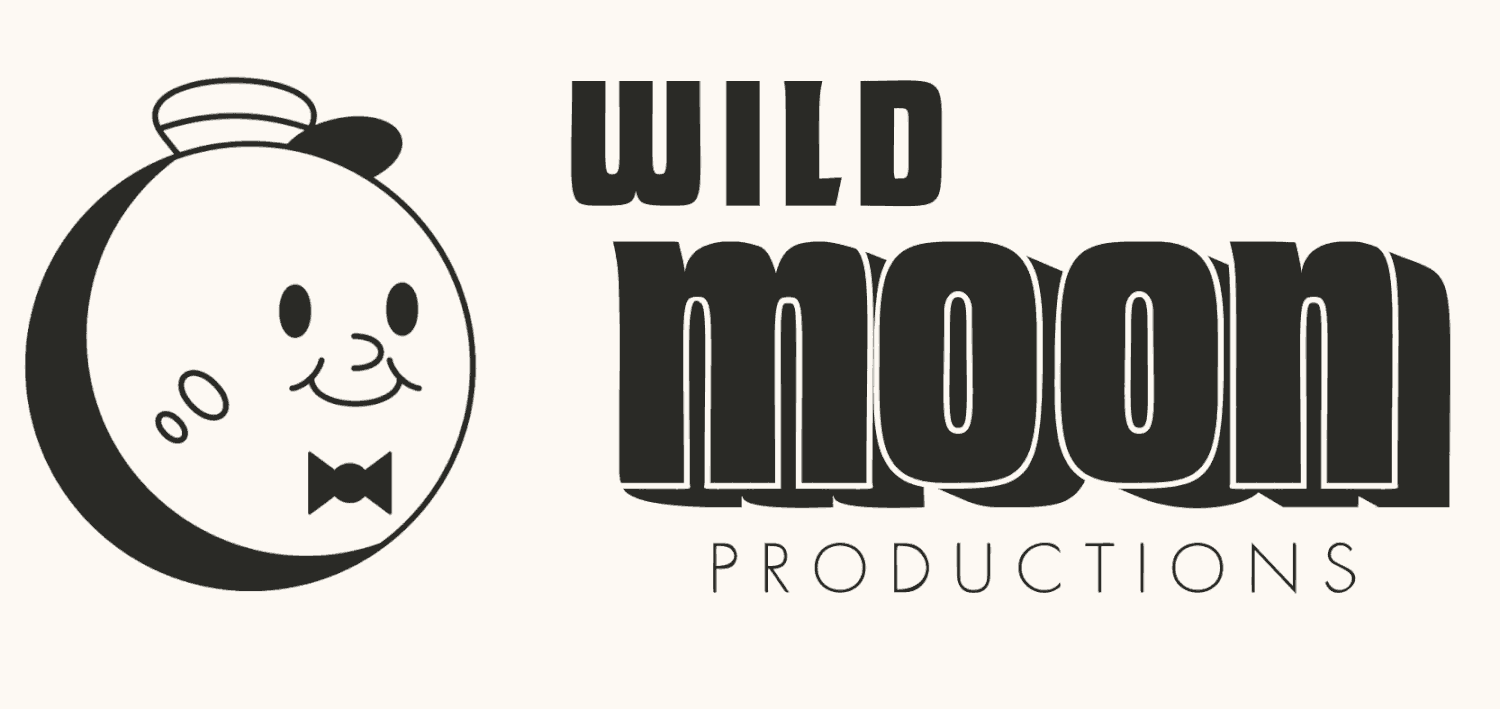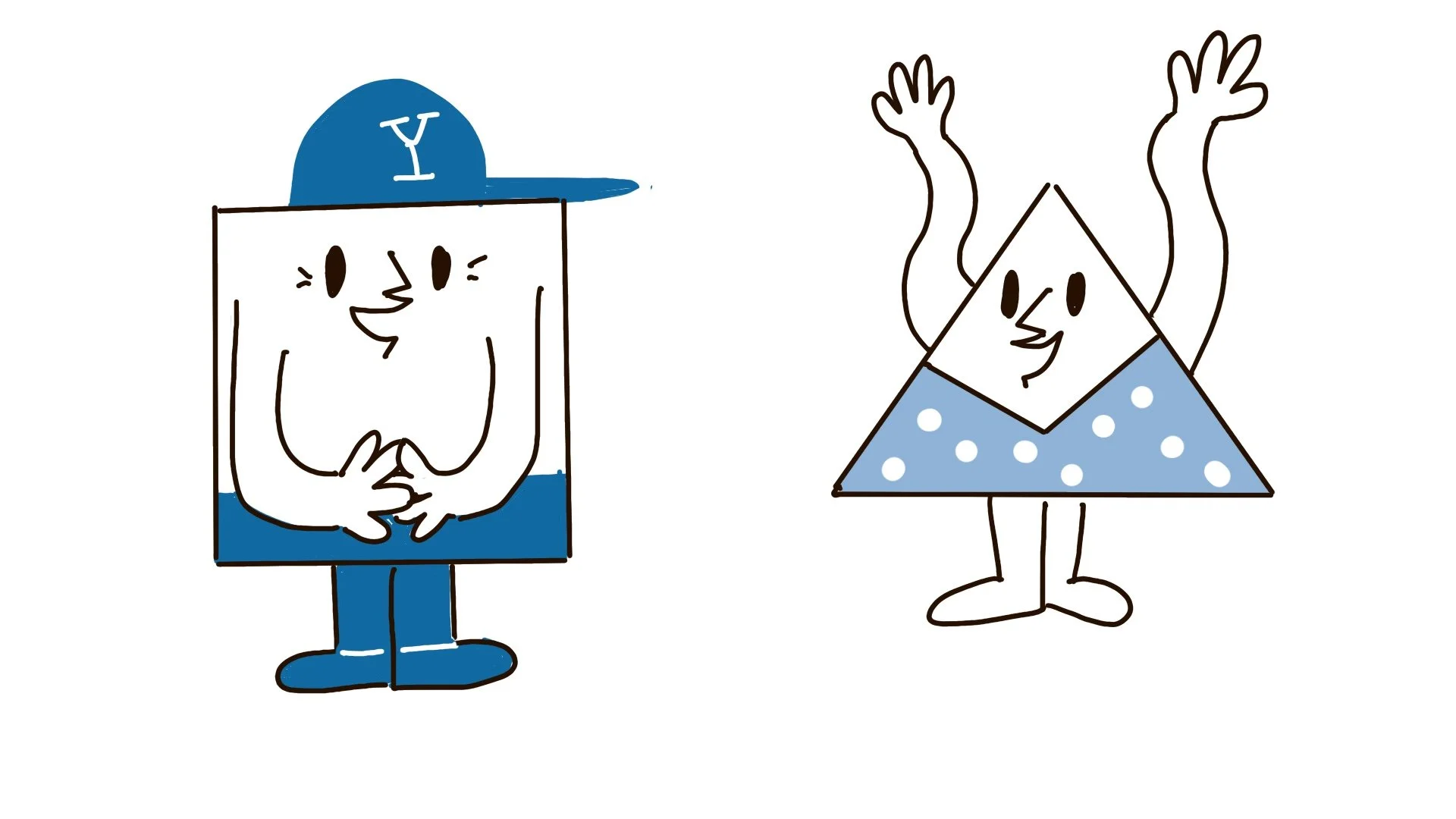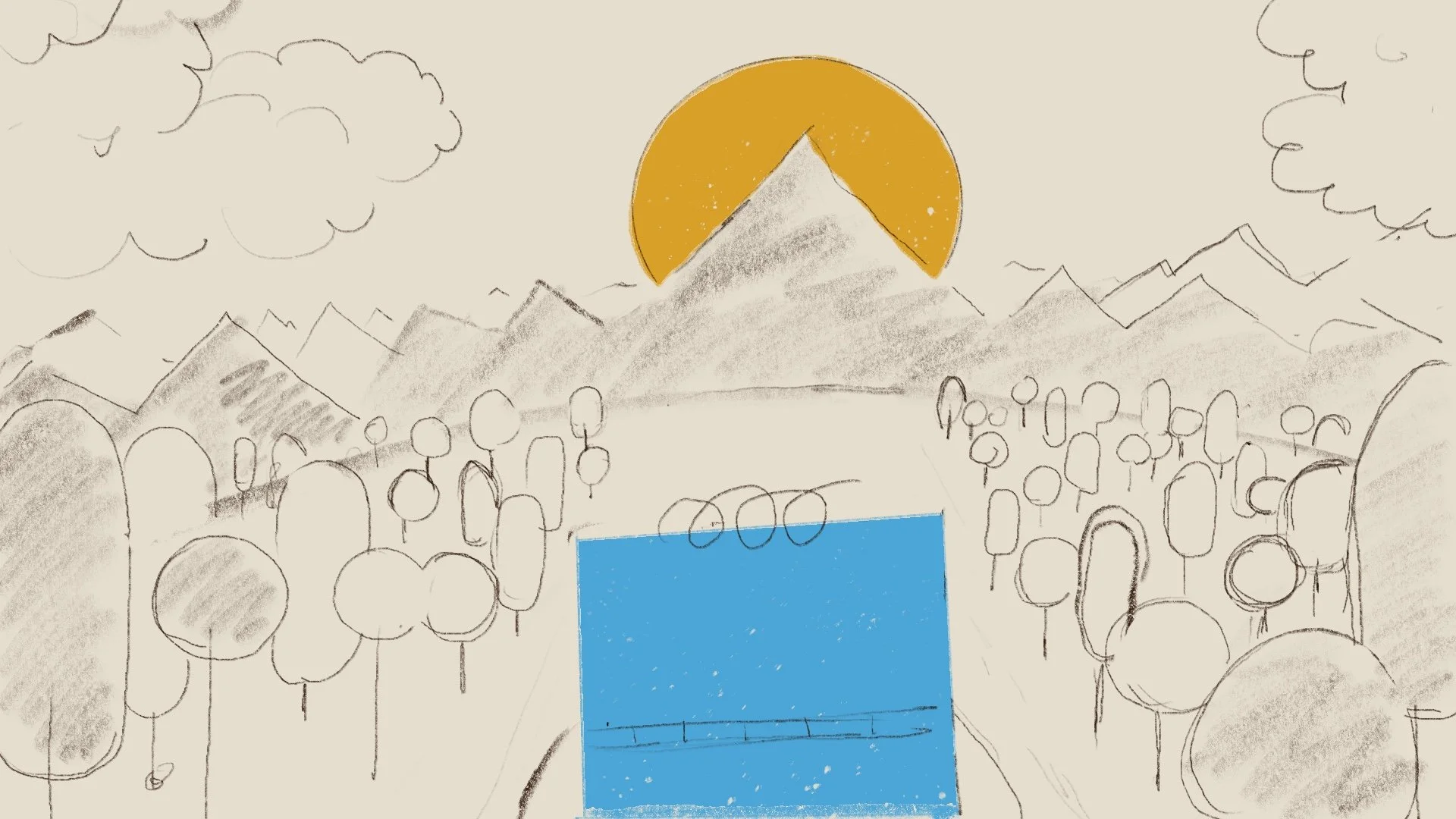#02 • Dynamic Shapes
We've looked at simple geometric shapes as building blocks, and now we’re going to show you how to give those simple shapes movement and life. We can do this to the use of a tool called the force arrow. By drawing an arrow through our shape We can give a sense of action–Taking it from being static to dynamic.
1. Force
This arrow represents a force acting upon the object. A force can either be internal– meaning an object is moving upon it's own volition; or external, where as an outside force– like gravity, wind, or another object are acting on our on our object, causing it to move and deform.
2. Static vs. Dynamic
here are visual cues we can work into our drawing that tell us if an object is static or dynamic. Static stack shapes tend to be symmetrical and have parallel lines. Dynamic shapes, are asymmetrical and having converging or divergent lines and this change of shape gives our shape a more organic and less graphic feel.
3. Pushing the arrow
The more we push our arrow the more the dynamic our shape becomes. We call this exaggeration. We can continue to push a drawing more and more, the stronger we push the more dynamic our drawing becomes and the more life it has.
Now Let ‘s take these ideas and spend 10 minutes turning shapes into characters
Assignment: Fill a page with manipulated shapes and then add expressions.



